Glinting in the sunlight outside Stonehaven’s Ship Inn you will find one of Aberdeenshire’s strangest music collections.
A string of gleaming CDs dangles about 10ft high, swaying over dining tables facing the town’s picturesque harbour.
And a glance at the bar’s windows explains why they’re there.
Plastered on the panes are posters warning that customers eating or drinking outside “DO SO AT THEIR OWN RISK”.
They add that the Ship Inn will not be held responsible for the behaviour of, again in capitals, “LOCAL WILDLIFE”.
Staff tell me a regular put up the CDs to do his bit after customers came under attack from the town’s notorious seagull population.
Stonehaven seagulls cause problems
Furious at their dinner being ruined – or, in some cases, plucked from their plate in a daring air raid – many visitors were storming back inside asking for refunds.
It’s a situation a recovering hospitality business could do without.
On one occasion, I’m told, a gull spilt a glass of red wine all over a woman’s pristine white trousers while attempting to snare her supper.
And if they aren’t spilling their contents onto people, gulls often send glasses smashing onto the stone floor outside.
But the Ship Inn is just one of scores of businesses doing their best to cope with the north-east’s native nuisances.
And they are by no means alone in reaching the end of their feather.
A seaside charm or lurking menace?
A walk along the boardwalk lining Stonehaven’s shoreline invites you to unplug and savour the gentle lapping of the tide.
But overhead, there’s the ever-present squawk of seagulls – the soundtrack of coastal communities the length of the UK.
While many view the birds as a quintessential part of the seaside charm, to others they’re a lurking menace that could swoop at any moment.
The question is, with legal protection in place, what can be done to help solve the problem?
“They have definitely got craftier,” David Lawman tells me.
Seagulls create Catch-22 for Stonehaven businesses
David has lived in Stonehaven for nearly 50 years, so he knows what he’s talking about.
Particularly since the AWPR opened, the town has become increasingly popular with day-trippers from across the region.
But it just so happens, the busiest visitor season is when the seagulls are at their worst.
“This time of year, it really becomes an issue,” David sighs.
“It’s a Catch-22 for us, we want the visitors but we need solutions so they aren’t bothered by the gulls.
“They know when it’s lunchtime and people are sitting down by the harbour or the Square, and the kids at Mackie Academy are escorted by them on their break.”
What can be done?
In his role as chairman of the town’s community council, David sees it as his job to “let the council know” how bad the problem is, in an effort to encourage some action.
And he is well aware of what has – and hasn’t – worked to tackle the issue.
In 2016, a hawk was brought to local primary schools to protect pupils’ packed lunches.
And a few years ago, Aberdeenshire Council rolled out a town centre rooftop nest-removal scheme – asking Stonehaven businesses and households to chip in towards the cost.
In 2017 and 2018, scores put forward the £50 sum following reports of the aggressive birds injuring people.
The work was described as having a “positive impact”, with hundreds of eggs removed each summer.
David laments that the programme fell apart when “not enough people were prepared to put money into the pot”.
And, having been vanquished from the centre, he says the birds “just moved to other areas of town”.
Since then, it’s been up to individuals to look out for themselves.
What is the council doing about Stonehaven seagulls?
An Aberdeenshire Council spokesman explained that the nest removal scheme also rolled out in Huntly and Peterhead, was proposed as a “long-term” strategy.
But he confirms it had “mixed success”, reducing numbers in certain areas while shifting the birds into other parts of the towns.
A combination of Covid and “a lack of enthusiasm from businesses” brought the project to a halt.
But the spokesman added that officers are now once again in talks with community groups to establish “whether there is scope to re-introduce these projects and extend them”.
Council to focus on ‘issues that encourage gulls’
He added: “The time to recommence these projects is generally from March during the nest-building season.
“Aberdeenshire Council has identified £25,000 as seed funding to get these projects back up and running and details of the schemes will be finalised later this year.
“A key part of the council’s strategy this year is to identify the areas most affected and assess these areas for issues which may be encouraging gulls to them, such as derelict buildings, trade waste, feeding of gulls and littering.
“Officers will then look to put in place an action plan for that area in order to try and address these issues.
“As part of our longer-term capital project, our £250,000 financial commitment includes an estimated £200,000 for new gull-proof bins.”
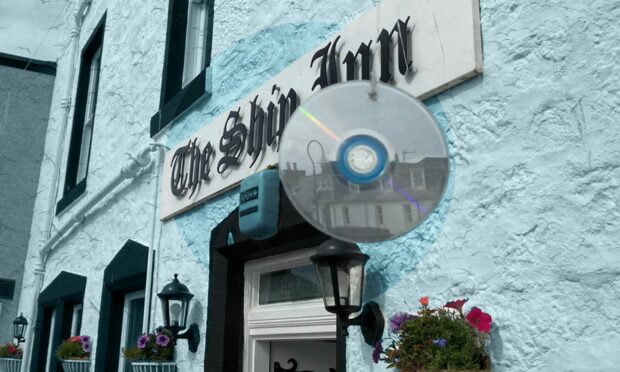
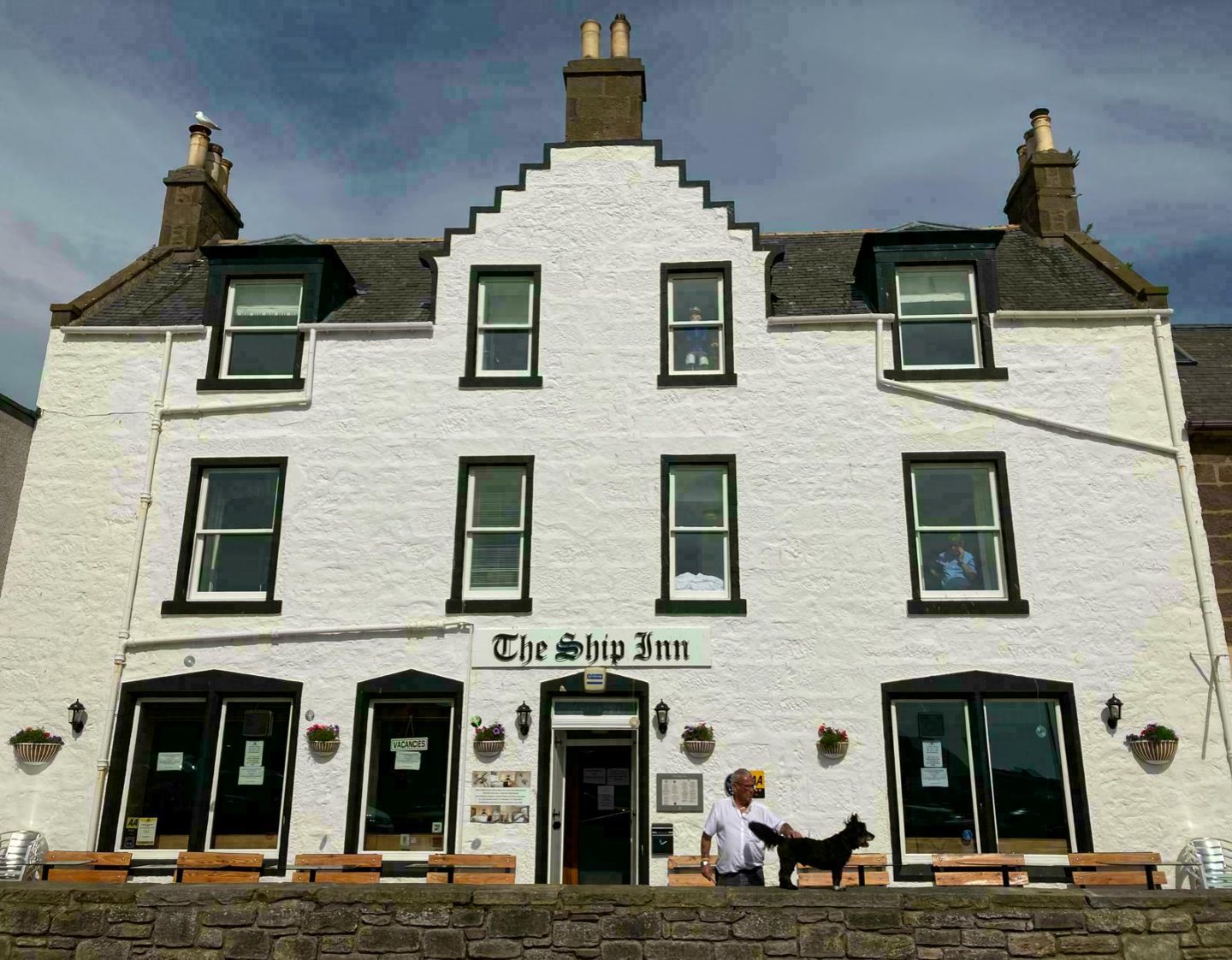
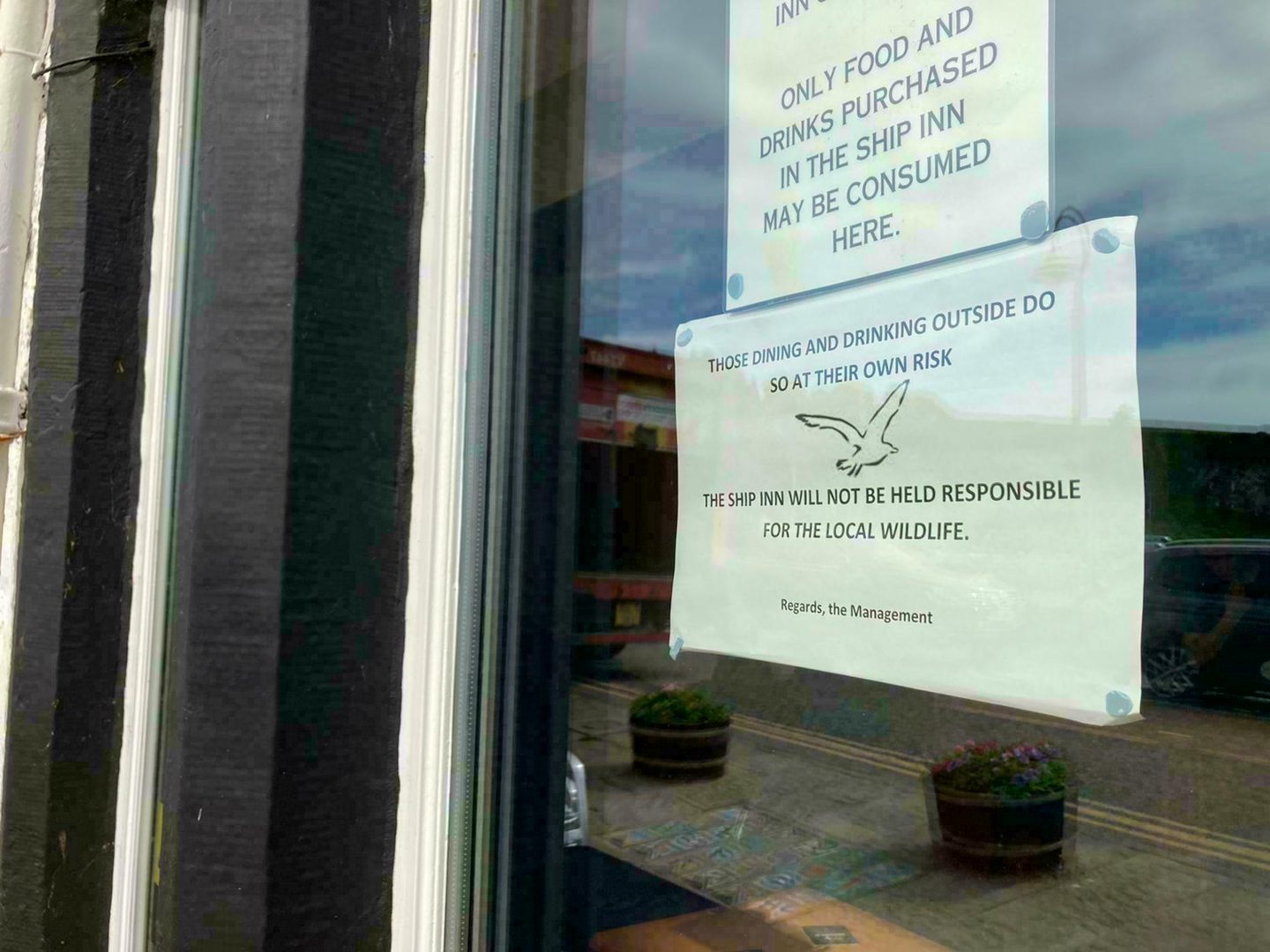
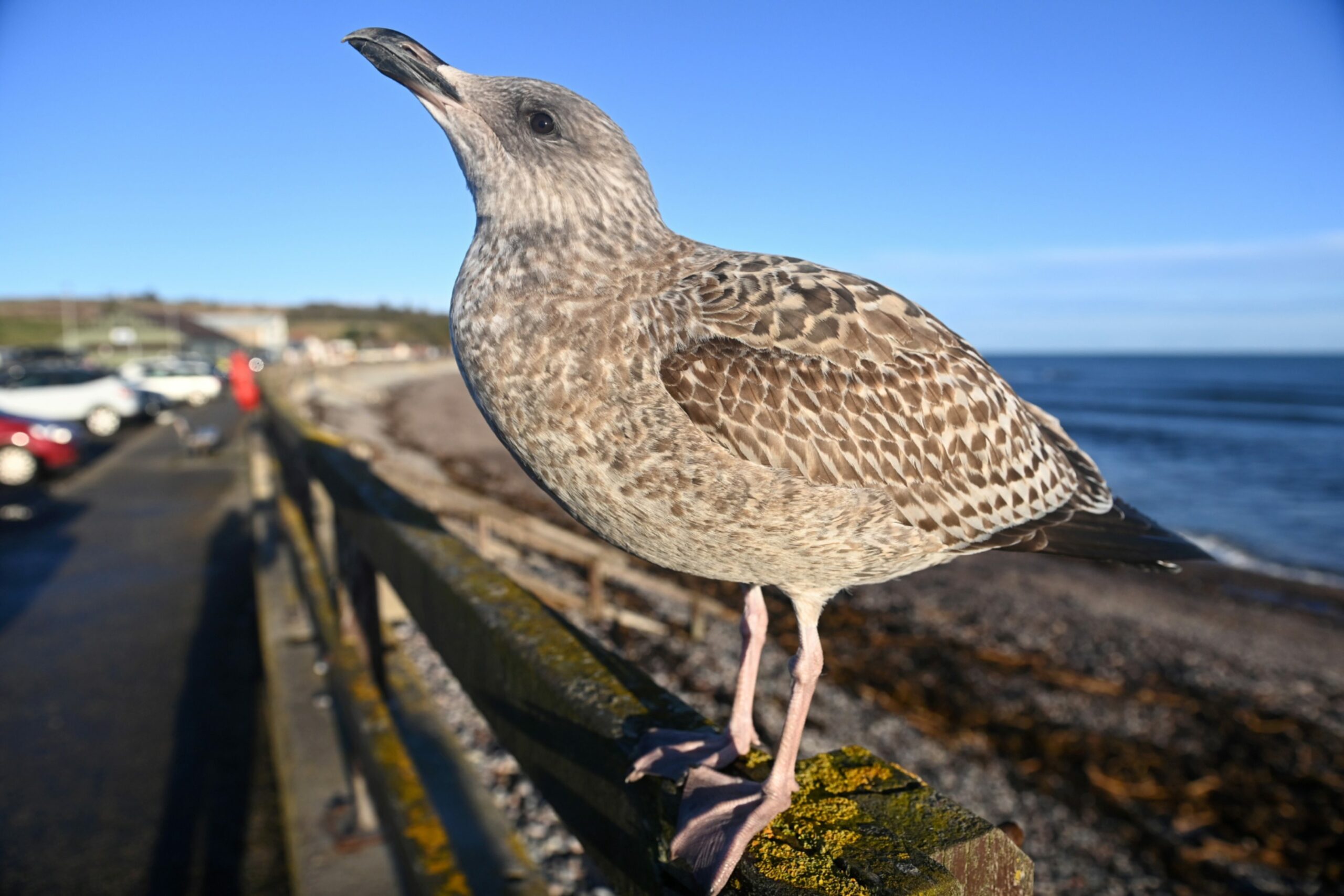
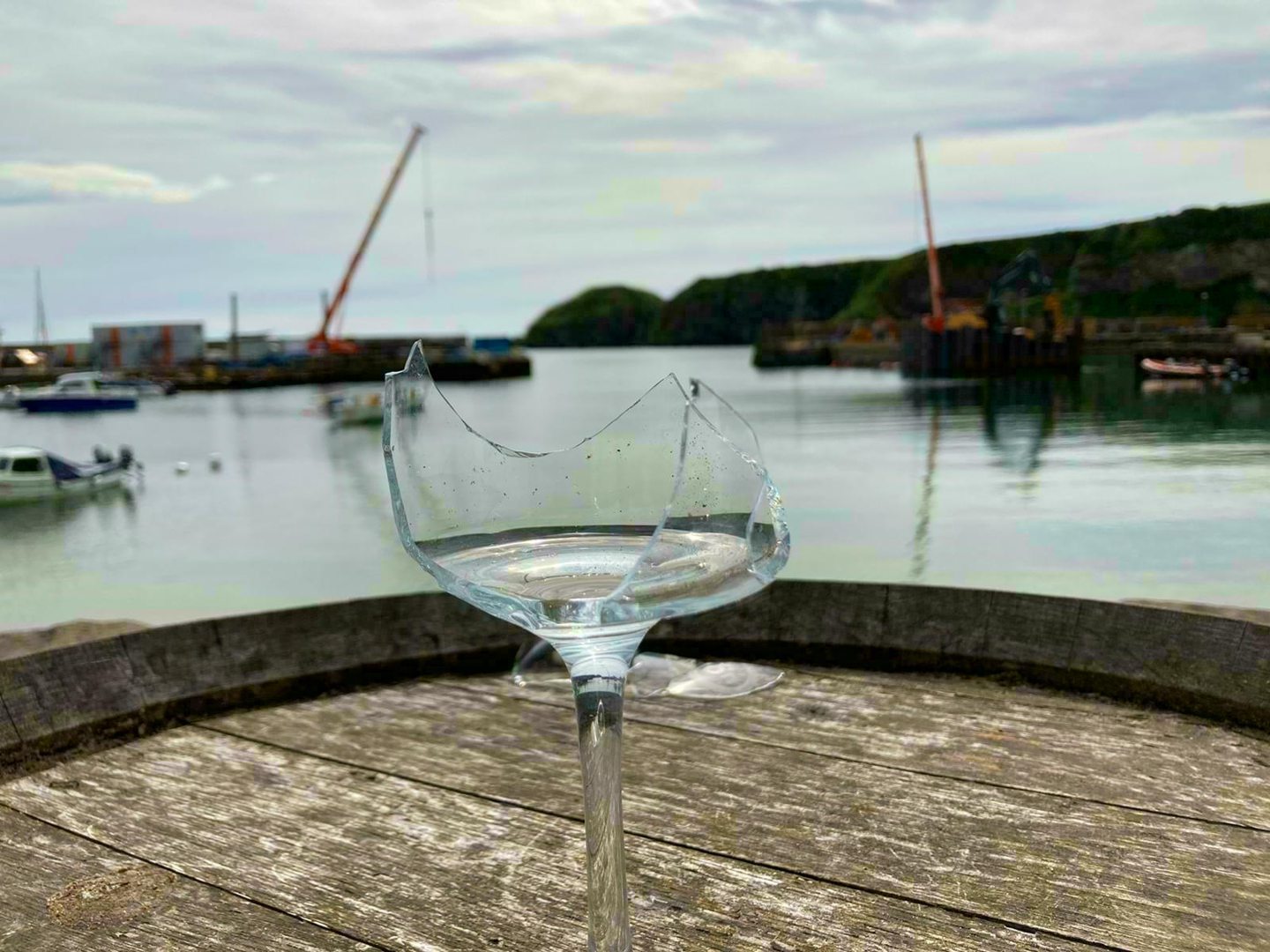
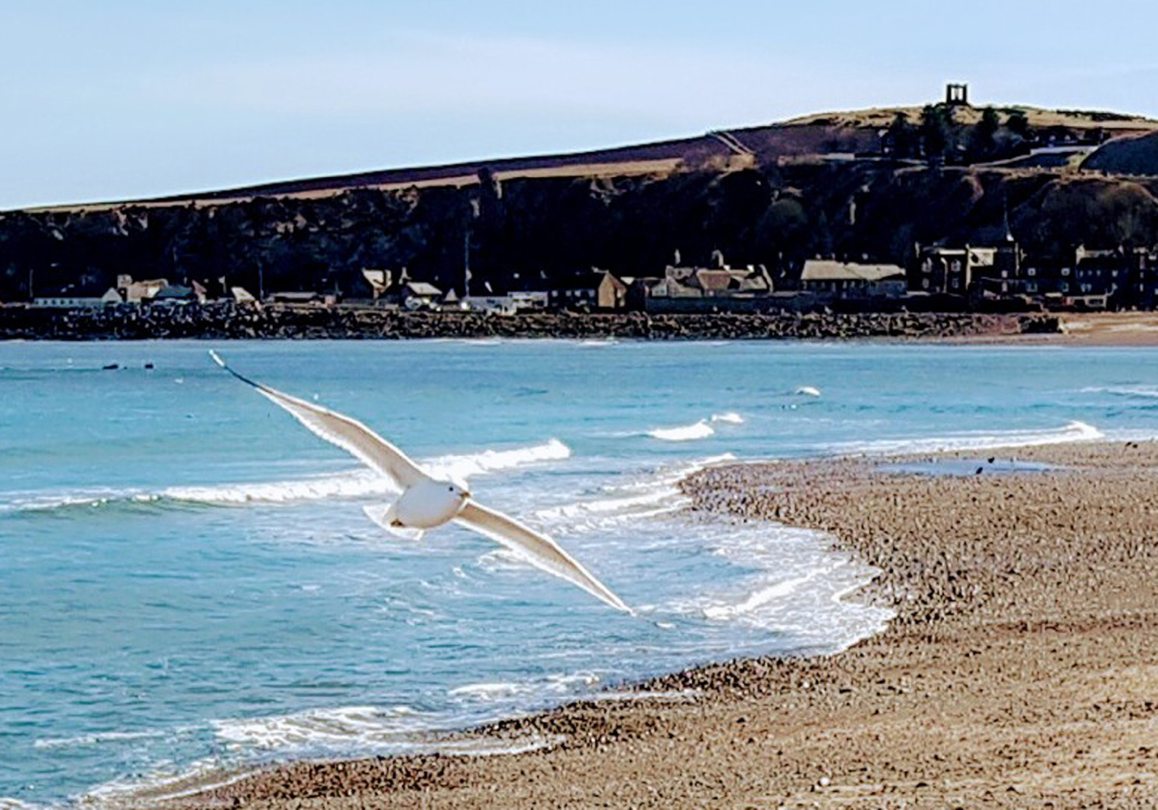
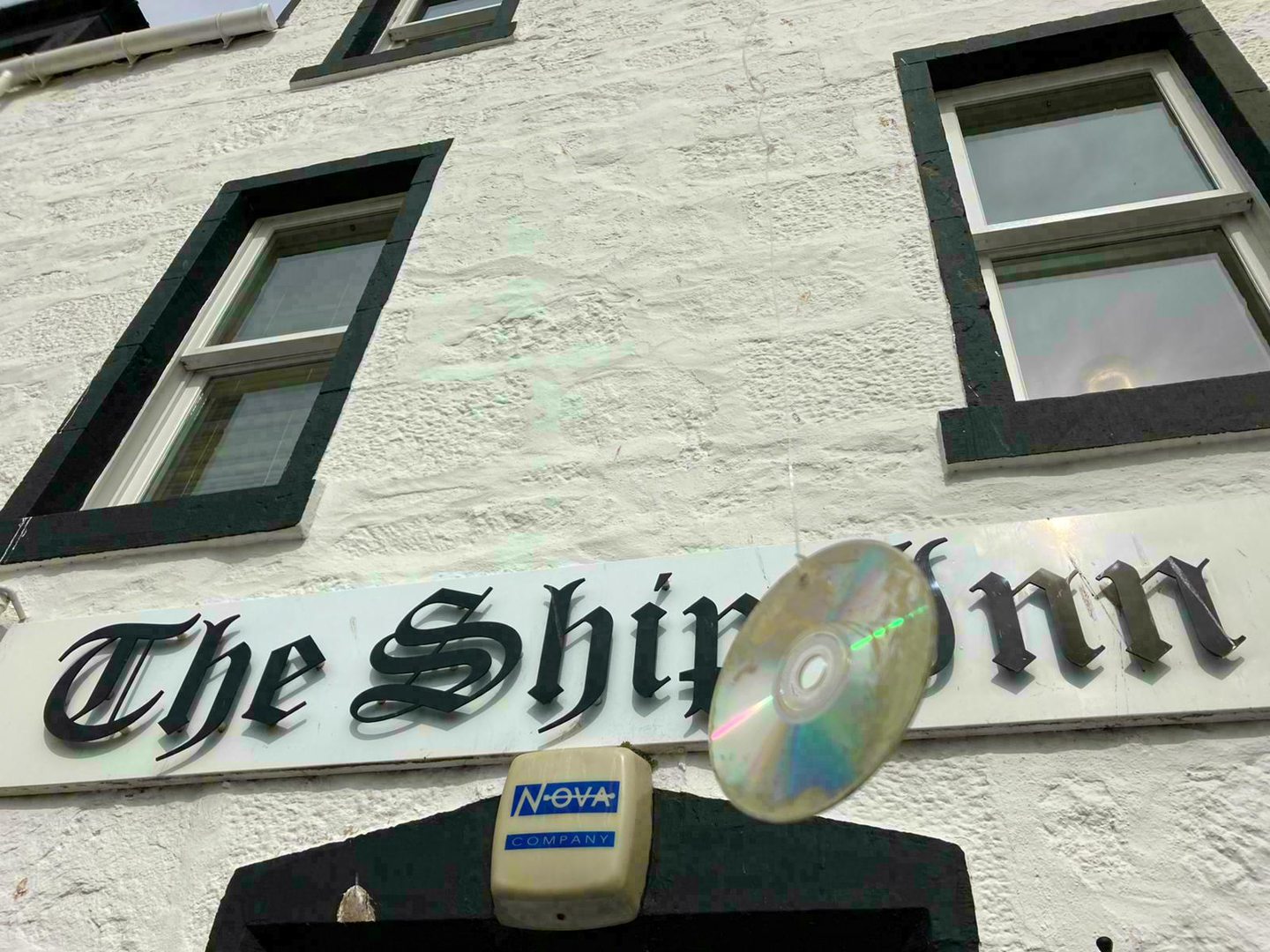
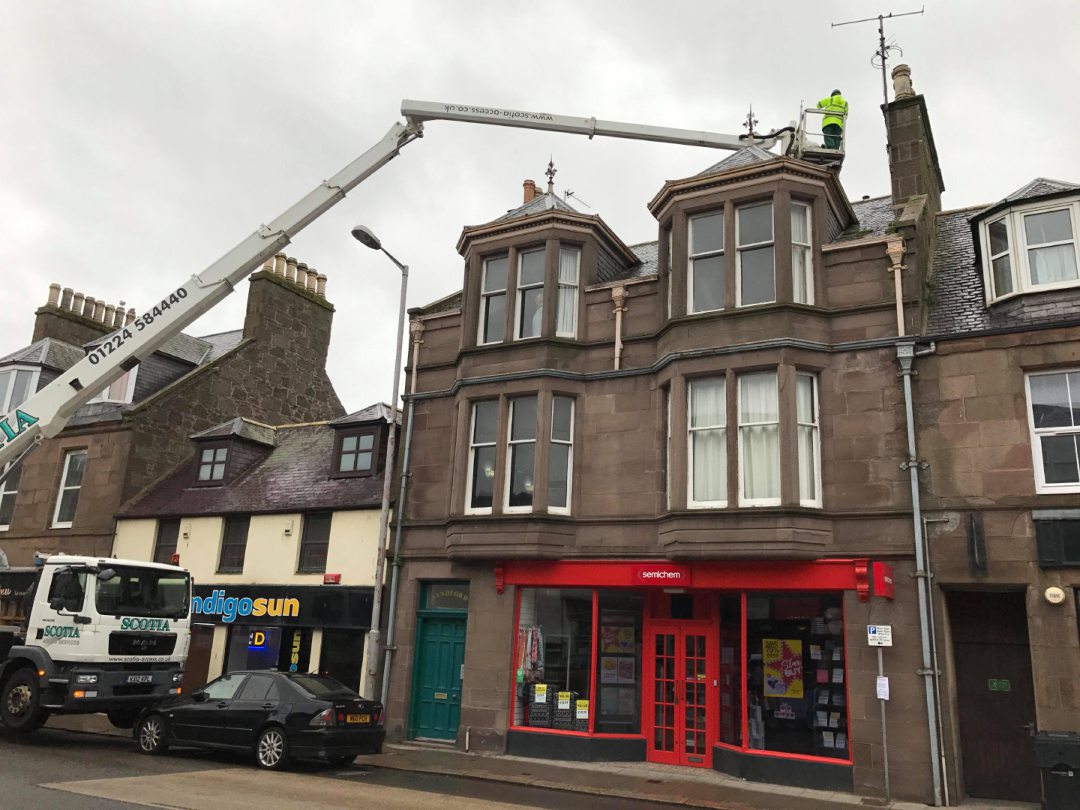
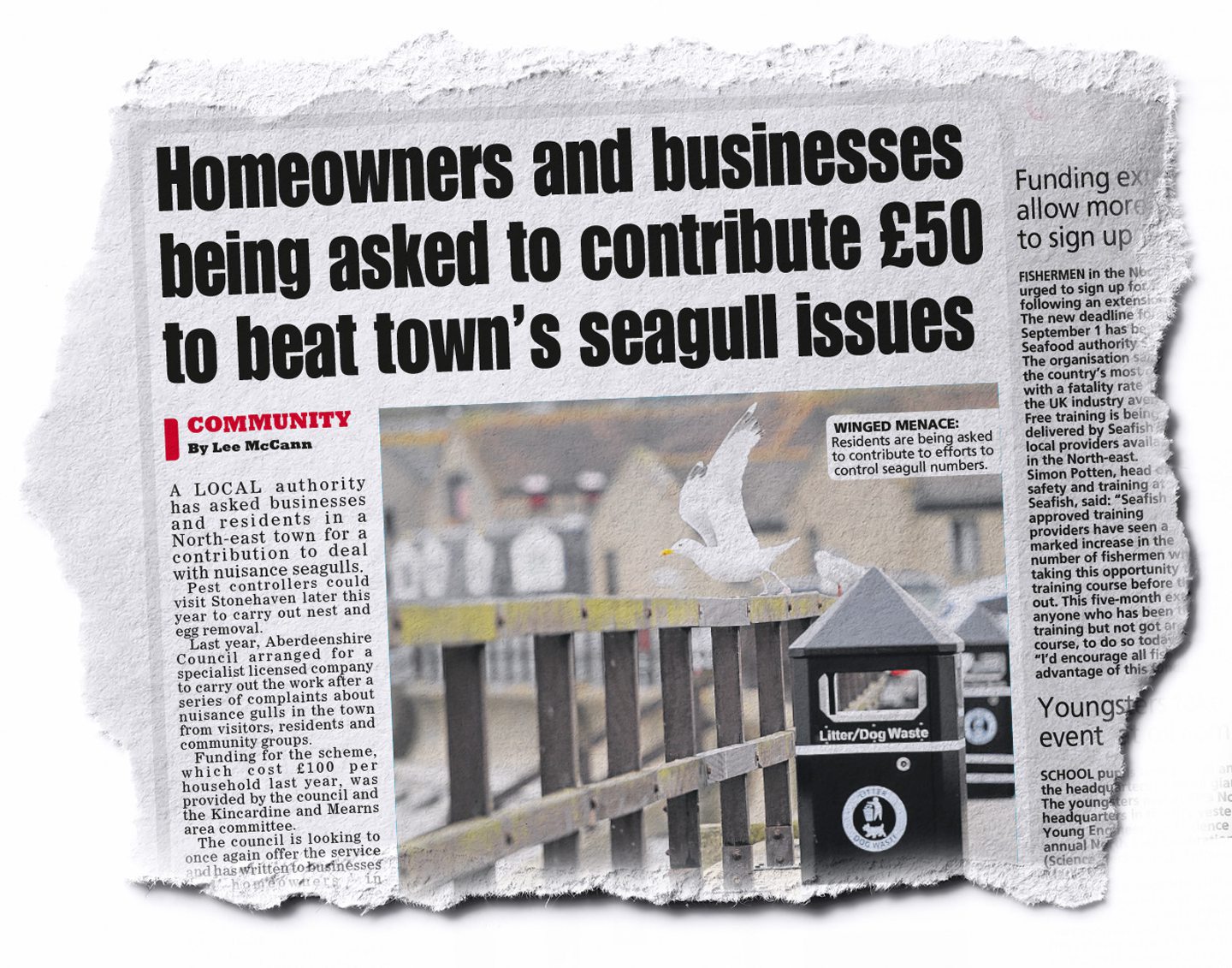

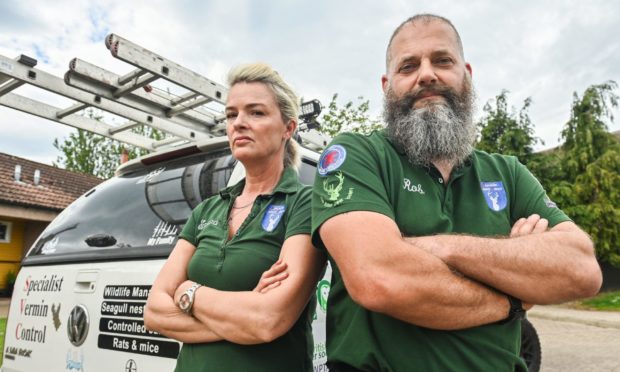
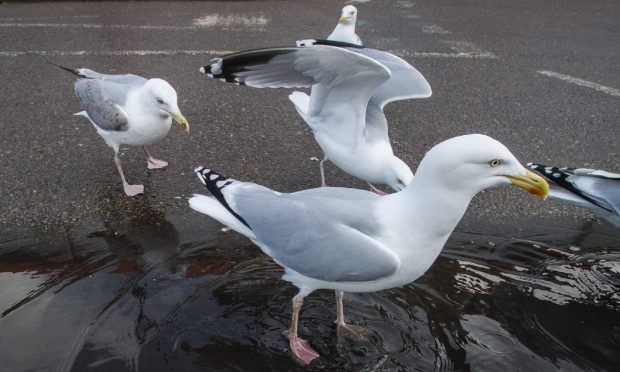
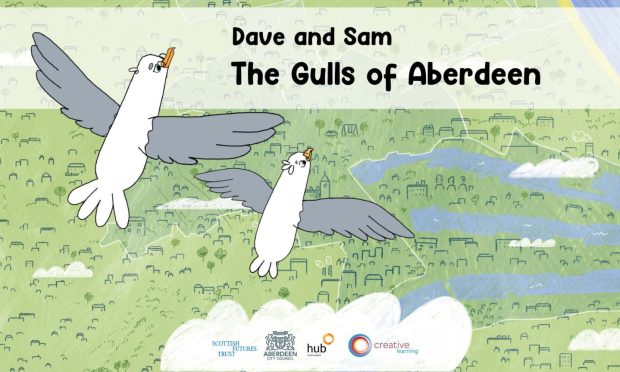
Conversation